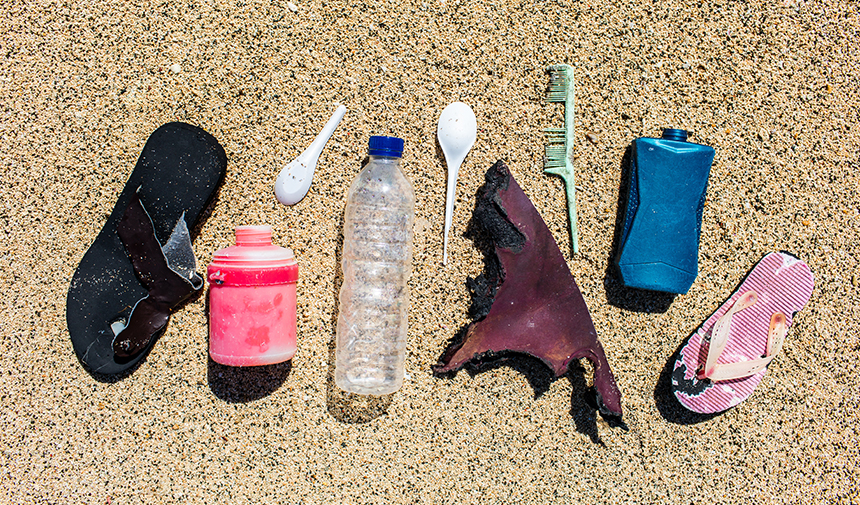The Journey of Microplastics in the Seas and Their Effects on Human Health
Microplastics are one of the most invisible but dangerous elements of today’s environmental problems. These tiny plastic particles accumulate in the seas and oceans, posing a serious threat not only to marine life but also to human health. Research on the source, spread and potential health risks of microplastics reveals how deep and far-reaching this problem is.
Sources and Spread of Microplastics
Microplastics are defined as plastic particles smaller than 5 millimeters. These particles are produced as a result of the abrasion, crumbling or breakdown of plastic products over their lifetime. The most common sources of microplastics include plastic bottles, bags, cosmetics and textiles. These plastics enter waterways and reach the seas and oceans.
Ocean currents and winds carry microplastics around the world. They accumulate on the sea surface, in the water column and on the seabed, negatively affecting ecosystems. Microplastics ingested by sea creatures enter the food chain and eventually reach humans.
Impacts on Marine Life
The impacts of microplastics on marine life are far-reaching. Many marine species ingest microplastics, mistaking them for food. This can clog their digestive systems and prevent nutrient uptake. In addition, microplastics can absorb chemical pollutants and these chemicals can pass into the tissues of marine organisms, causing toxic effects.
Another impact of microplastics on marine life is that they threaten biodiversity. Fish, crustaceans and other marine species may experience reduced reproduction, growth and survival rates due to the physical and chemical effects of microplastics. This can destabilize ecosystems and jeopardize the sustainability of marine resources.
Potential Risks to Human Health
The transfer of microplastics to humans through marine organisms brings with it potential health risks. People who consume fish and seafood can indirectly ingest microplastics and the chemicals they carry. Although the effects of microplastics on human health are not yet fully understood, research has revealed some worrying findings.
The accumulation of microplastics in the body can lead to inflammation, immune system disorders and hormonal irregularities. In addition, the chemicals carried by microplastics are thought to have carcinogenic and toxic effects. Therefore, more research is needed to understand the long-term effects of microplastic pollution on human health.
Solution Suggestions and Future Perspectives
Various strategies and policies need to be developed to combat microplastic pollution. First of all, plastic production and consumption should be reduced and recycling rates should be increased. Stricter regulations and practices on plastic waste management should be implemented.
At the individual level, it is important to reduce the use of plastics, pay attention to recycling and prefer environmentally friendly products. In addition, conscious consumer behavior should be developed to prevent the spread of microplastics in the environment.
It is also important to support scientific research and increase efforts to understand the impacts of microplastic pollution. In this way, the effects of microplastics on the environment and human health can be better understood and effective solution strategies can be developed.



